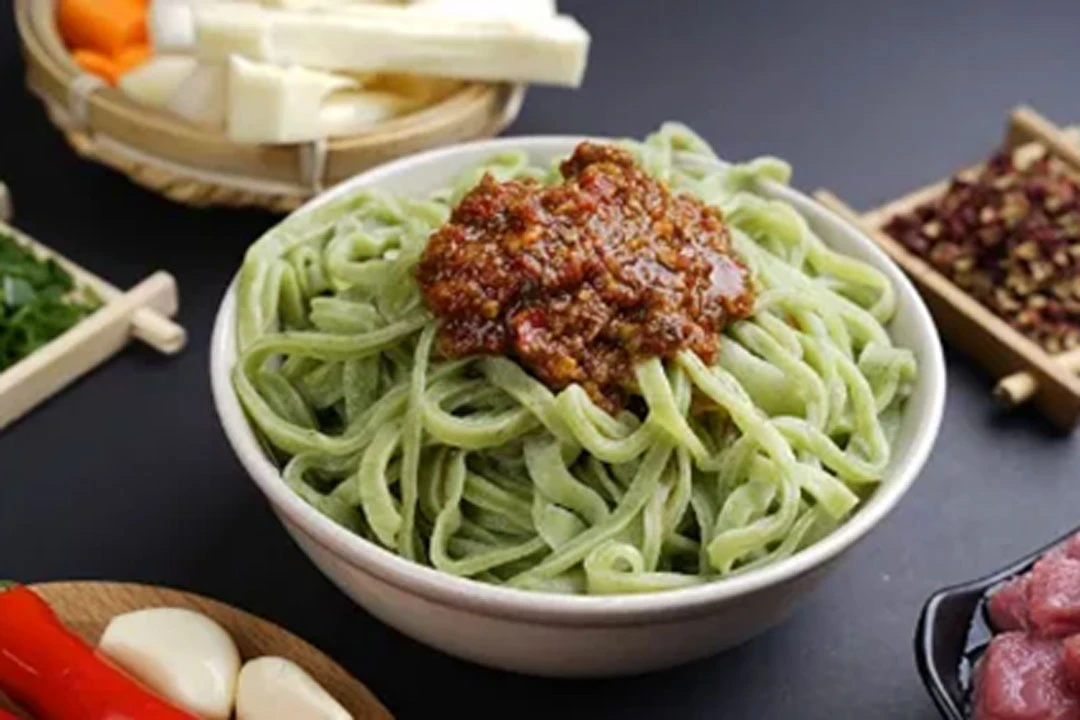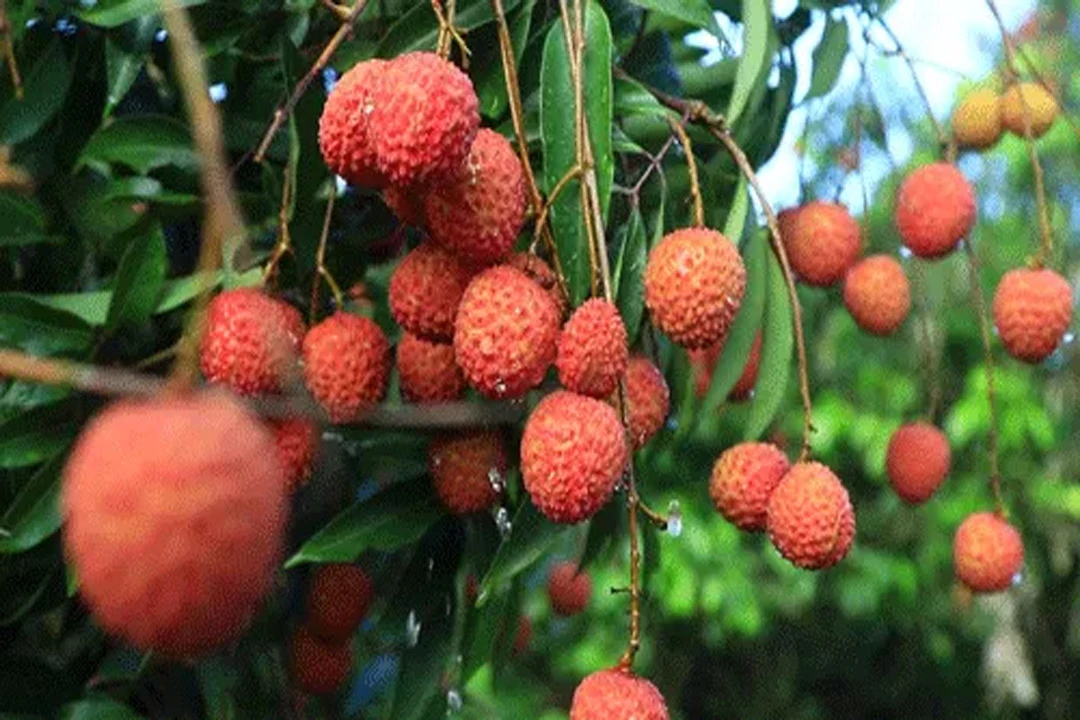As the summer solstice arrives, temperatures soar across much of China, marking the onset of the hottest period of the year. Beyond the well-known tradition of eating summer solstice noodles, various regions have their unique customs to celebrate this significant seasonal milestone. Let’s delve into these fascinating culinary traditions and explore how people across China welcome the summer solstice with an array of delightful foods.
Harvest Festivals and Ancestral Worship
The summer solstice, known as Xiazhi in Chinese, has deep cultural roots, historically coinciding with the wheat harvest in many parts of the country. Ancient beliefs held that the summer solstice marked the rise of yin energy and the decline of yang energy. This period was associated with several natural phenomena: deer shedding their antlers, cicadas beginning to sing, and a medicinal herb known as "Banxia" starting to grow. These signs were taken as indications of the changing season.
During this time, farmers would engage in essential agricultural activities like weeding and pest control to protect their crops. The period also saw the harvesting of wheat along the Yellow River and Yangtze River basins. In ancient times, harvesting wheat was a labor-intensive task that took over a month. Farmers had to complete the harvest before the onset of the rainy season, a task described as snatching food from the dragon's mouth (龙口夺食). Today, modern machinery has significantly reduced the time and labor required for wheat harvesting, easing farmers' anxieties.
In the past, people would celebrate the successful harvest by worshipping gods and ancestors, a custom that has been integrated into traditional Chinese rituals. Although the need for such rituals has diminished with modern advancements, some rural areas still observe these traditions, holding ceremonies to pray for a bountiful year.
The Culinary Traditions of Summer Solstice
Summer Solstice Noodles
One of the most widespread traditions during the summer solstice is eating noodles. Each region has its own unique take on summer solstice noodles. In Beijing, for instance, residents enjoy sesame paste noodles, Zhajiangmian (noodles with soybean paste), and noodles with a variety of toppings. In Shanxi, people favor cold noodles, known locally as three-volt noodles (三伏面), which are particularly refreshing in the summer heat. The Jiangsu and Zhejiang regions have their own versions, such as Yangchun noodles and sesame oil cold noodles.
New Wheat Cooking
In Shandong, the summer solstice marks the beginning of the wheat harvest. Locals have a saying, "Cook new wheat at the summer solstice, and you'll have peace all year round." Farmers cook the newly harvested wheat grains, often selecting young, green ears of wheat. These grains are boiled, cooled, and then rubbed to remove the husks before being eaten slowly to savor their fresh flavor.
Yuanhu Jiao
In Shaoxing, Zhejiang, there's a tradition of eating Yuanhu Jiao at the summer solstice. This dish, similar to Beijing's Hutazi, is made by mixing wheat flour with chopped vegetables to create a batter, which is then fried into thin pancakes. Locals believe that eating Yuanhu Jiao strengthens the body, reflecting a cultural emphasis on health and vitality.
Xiazhi Geng
In Changsha, Hunan, people prepare a dish called Xiazhi Geng, a type of soup made with glutinous rice flour and a local herb called mugwort. There's a local saying, "Eat Xiazhi geng, and you'll make indentations in marble," highlighting the belief that this dish promotes physical strength.
Regional Delicacies for the Summer Solstice
Zongzi
While zongzi (sticky rice dumplings) are typically associated with the Dragon Boat Festival, they also feature in summer solstice celebrations in some northern regions like Shaanxi and Gansu. Neighbors exchange zongzi as a gesture of goodwill, and some places even prepare special yellow millet zongzi for the occasion.
Pea Cake (豌豆糕)
In Nanjing, Jiangsu, a popular summer solstice treat is pea cake. According to local customs, children are made to sit on the doorstep while eating pea cake to ward off illnesses. This practice aims to stimulate the children’s appetite during the hot weather when they might otherwise lose their desire to eat.
Wheat Porridge and Wontons
In Wuxi, Jiangsu, residents have a tradition of eating wheat porridge in the morning and wontons at noon on the summer solstice. Wheat porridge is believed to nourish the stomach and spleen, providing a light and healthy option to combat the loss of appetite commonly experienced during the hot summer months.
Lychees
In the southern provinces of Guangxi and Guangdong, the summer solstice coincides with the lychee harvest. It's customary to eat fresh lychees during this period, although it's important to consume them in moderation due to their high sugar content.
Embracing Modern and Traditional Practices
Despite the technological advancements in agriculture and changes in lifestyle, the culinary customs surrounding the summer solstice remain a cherished part of Chinese culture. These traditions not only celebrate the season's bounty but also reflect a deep connection to the land and its cycles. Whether through eating summer solstice noodles, enjoying new wheat, or savoring a piece of pea cake, these practices offer a flavorful glimpse into the rich tapestry of Chinese heritage.
The summer solstice, with its unique blend of ancient rituals and modern practices, continues to be a time of celebration, reflection, and community bonding. As temperatures rise, so does the enthusiasm for these time-honored traditions, ensuring that the spirit of the summer solstice lives on in the hearts and kitchens of people across China.




that food looks delicious